Chewing on one side while eating is a common habit of many people. This seems harmless but can be the cause of many dental-maxillofacial problems, even affecting the nervous system.
Chewing is a natural physiological action that helps grind food into small pieces and mix it with saliva to aid digestion. Under normal conditions, chewing occurs evenly on both sides of the jaw, ensuring balance of jaw muscles, temporomandibular joints and oral health. However, the habit of chewing on only one side of the jaw is an abnormal phenomenon, in which the chewing force is concentrated on one side of the jaw, causing functional and aesthetic imbalance.
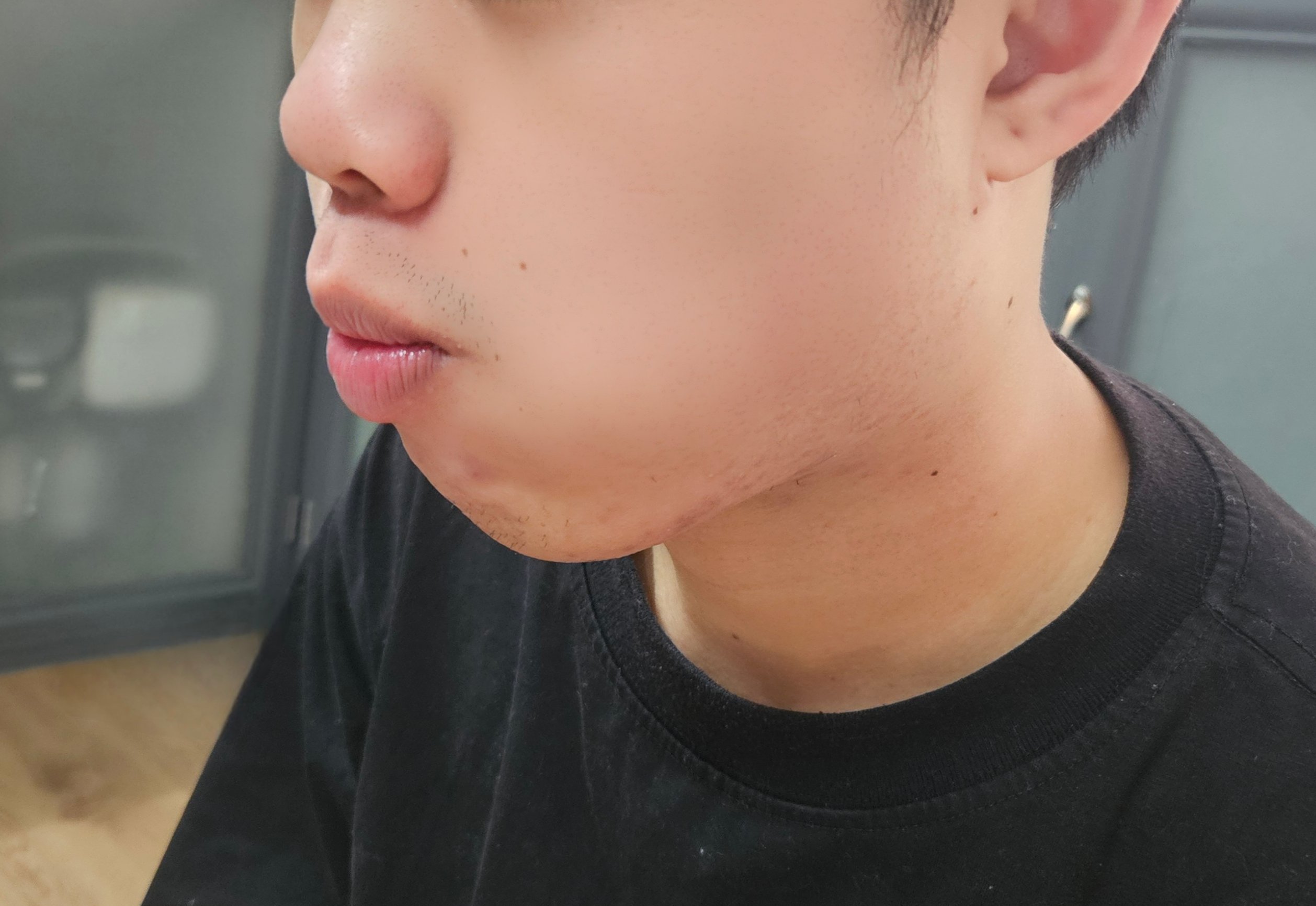
Chewing on one side is a habit of many people when eating.
Risk of nerve damage when chewing on one side
Mr. NAP (28 years old, living in District 4, Ho Chi Minh City) shared: "I usually chew on the right side, whichever side feels more 'convenient' then I chew."
When asked about the perceived harms of chewing on only one side, Mr. P. said that he sometimes noticed that the facial muscles on the right side seemed more flexible than the left side.
Master - Specialist Doctor 1 Tran Van Hieu, Department of Internal Medicine and Gastroenterology, Military Hospital 175, said that using one side of the jaw to chew, if done for a long time, can cause many harmful effects such as:
Facial asymmetry : This habit leads to uneven development of the masseter muscle between the two sides. The chewing side will be enlarged, while the opposite side will atrophy, causing facial imbalance. Long-term maintenance can change the jawbone structure.
Temporomandibular joint disorder : An imbalance in chewing force increases pressure on the temporomandibular joint on the chewing side, causing symptoms such as joint pain, limited jaw movement, clicking sound when chewing, headaches and earaches.
Uneven tooth wear : Uneven distribution of chewing force causes the teeth on the used side to wear out more, while the unused side is prone to plaque accumulation, leading to tooth decay, periodontitis, and tooth loss.
Digestive dysfunction : Chewing on one side reduces the effectiveness of crushing food, increases the burden on the stomach and intestines, leading to digestive disorders such as bloating and indigestion.
Notably, the habit of chewing on one side can also affect the nervous system. “This habit causes an imbalance in the activity between the nerves and muscles in the facial area, leading to headaches due to muscle tension, sensory disturbances and radiating pain,” Dr. Hieu emphasized.
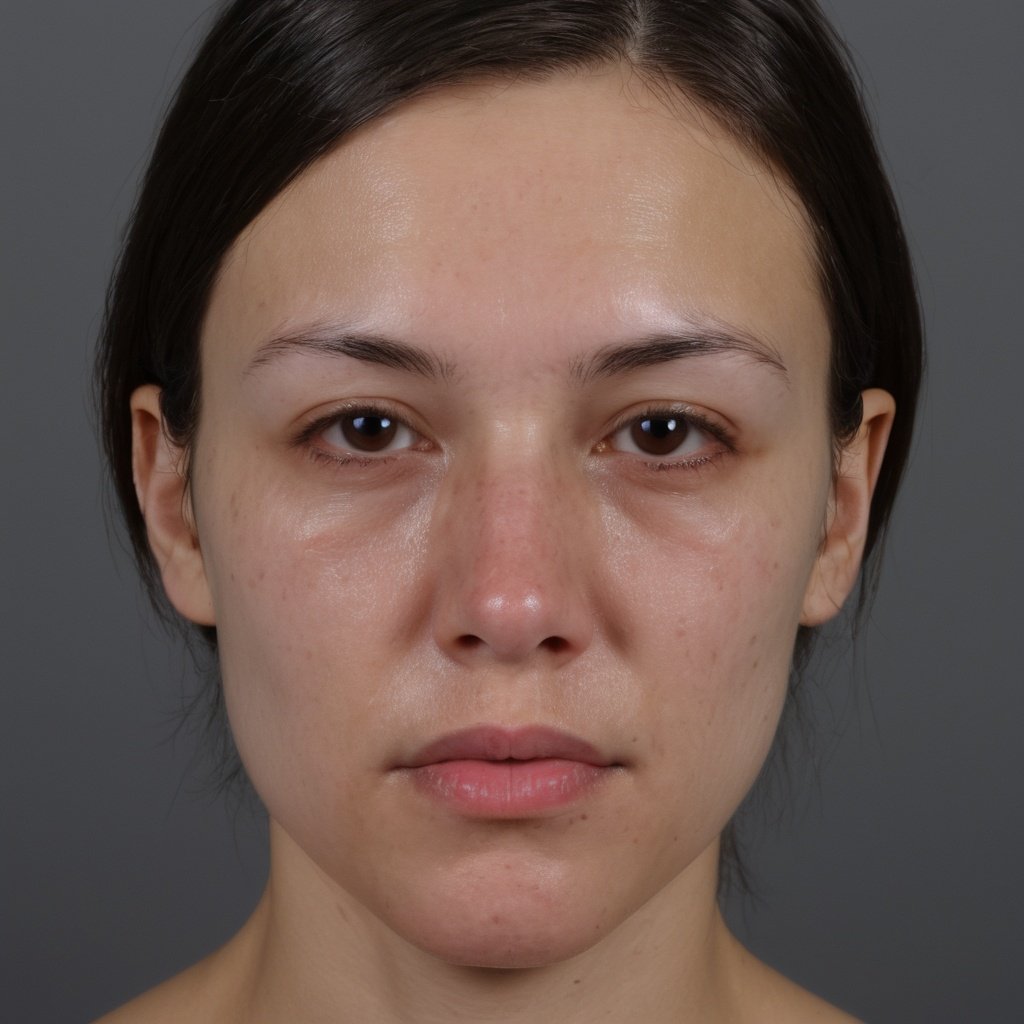
Facial asymmetry (one side of the face larger than the other) is a common consequence of chewing on one side while eating.
What can be done to avoid long-term damage?
Habits are hard to change, but they can be replaced with better, healthier habits if you persevere.
“People who have a habit of chewing on one side should practice chewing on both sides of the jaw, starting by deliberately chewing on the side that is less used with soft foods to create a new habit. If the misaligned chewing is caused by dental diseases such as tooth decay, misaligned bite, tooth loss or jaw pain, the doctor will conduct treatment such as fillings, orthodontics or dental restoration. In severe cases such as temporomandibular joint disorder (TMD), measures such as botulinum toxin injections to reduce muscle spasms, medical therapy or orthopedic surgery can be considered,” said Dr. Hieu.
In addition, people can also access physical therapy exercises designed to balance the jaw muscles and reduce stress on the temporomandibular joint, such as masseter muscle massage, slow and symmetrical mouth opening exercises, etc. In more severe cases, it is necessary to combine the use of dental appliances such as chewing splints, as prescribed by the doctor, to adjust chewing force and reduce stress on the temporomandibular joint.
Chewing on one side of the jaw is not only an aesthetic problem but also causes complex functional disorders. Early detection and correction are key to preventing serious consequences. Treatment coordination between dental specialists, physical therapists, and psychologists will ensure optimal results in correcting this habit.
Advice from the doctor
Master - Specialist Doctor 1 Tran Van Hieu gives advice to people who have the habit of chewing on one side when eating to protect their dental-jaw-face health:
Regular dental care : Regular dental check-ups to detect early problems with your bite and oral health.
Pay attention when eating : Practice chewing evenly on both sides by deliberately chewing from the side that is less used, especially with soft foods.
Lifestyle adjustments : Avoid chewing foods that are too hard or tough, which can put a lot of pressure on your jaw joints and muscles.
Increase awareness of chewing habits : Educate patients about the long-term effects of unilateral chewing habits and the importance of symmetry in jaw muscle activity.
Psychological support and stress reduction : If stress or anxiety affects chewing habits, consult a psychologist to improve the situation.
Source: https://thanhnien.vn/hay-nhai-mot-ben-khi-an-tuong-vo-hai-nhung-nhieu-tac-hai-185250101213147807.htm


![[Photo] General Secretary To Lam gave a speech at the National Conference to disseminate the Resolution of the 11th Central Conference, 13th tenure.](https://vstatic.vietnam.vn/vietnam/resource/IMAGE/2025/4/16/04e0587ea84b43588d2c96614d672a9c)
![[Photo] Summary of training for 36 parade blocks for the April 30th Festival](https://vstatic.vietnam.vn/vietnam/resource/IMAGE/2025/4/16/69906ce4b0d1470eb18b8e9bdcdabff1)
![[Photo] The 9th Vietnam-China Border Defense Friendship Exchange](https://vstatic.vietnam.vn/vietnam/resource/IMAGE/2025/4/16/10e73e2e0b344c0888ad6df3909b8cca)
![[Photo] Prime Minister Pham Minh Chinh receives South Korean Foreign Minister Cho Tae-yul](https://vstatic.vietnam.vn/vietnam/resource/IMAGE/2025/4/16/c8a7bf8f15f347d78b4ec317d8979aba)
![[Photo] National Assembly Chairman Tran Thanh Man meets with Lao Prime Minister Sonexay Siphandone](https://vstatic.vietnam.vn/vietnam/resource/IMAGE/2025/4/16/e023753be97a4d8e9f5ab03eb5182579)
![[Photo] President Luong Cuong receives Korean Foreign Minister Cho Tae-yul](https://vstatic.vietnam.vn/vietnam/resource/IMAGE/2025/4/16/d68c85559fca4772a8e3ca8ab1942a6f)
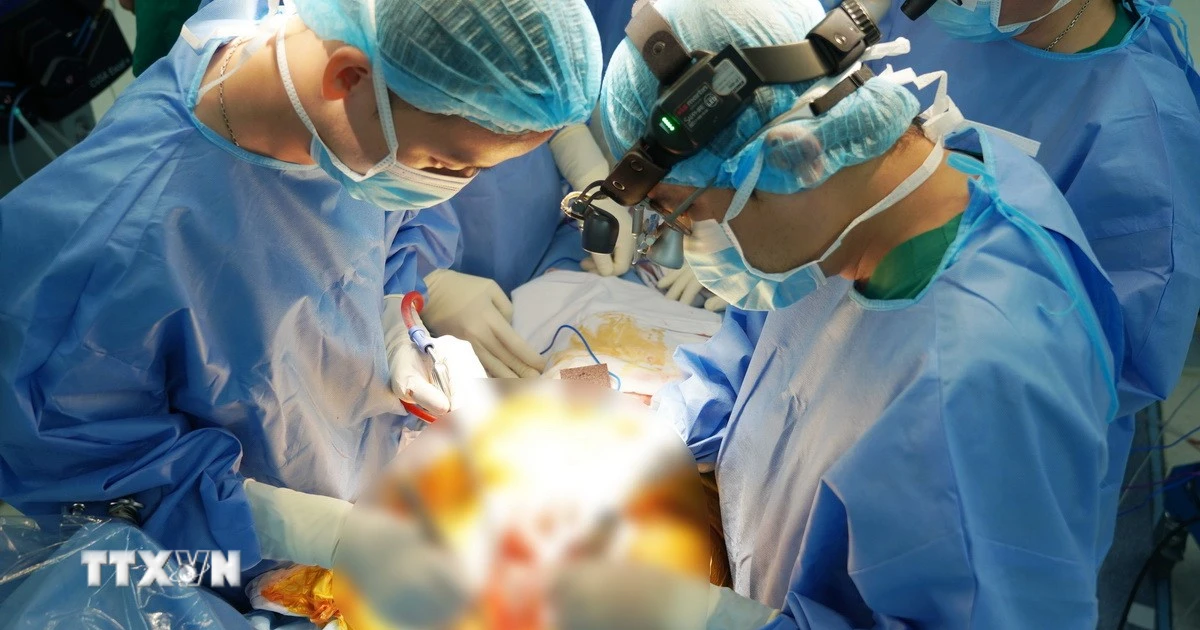



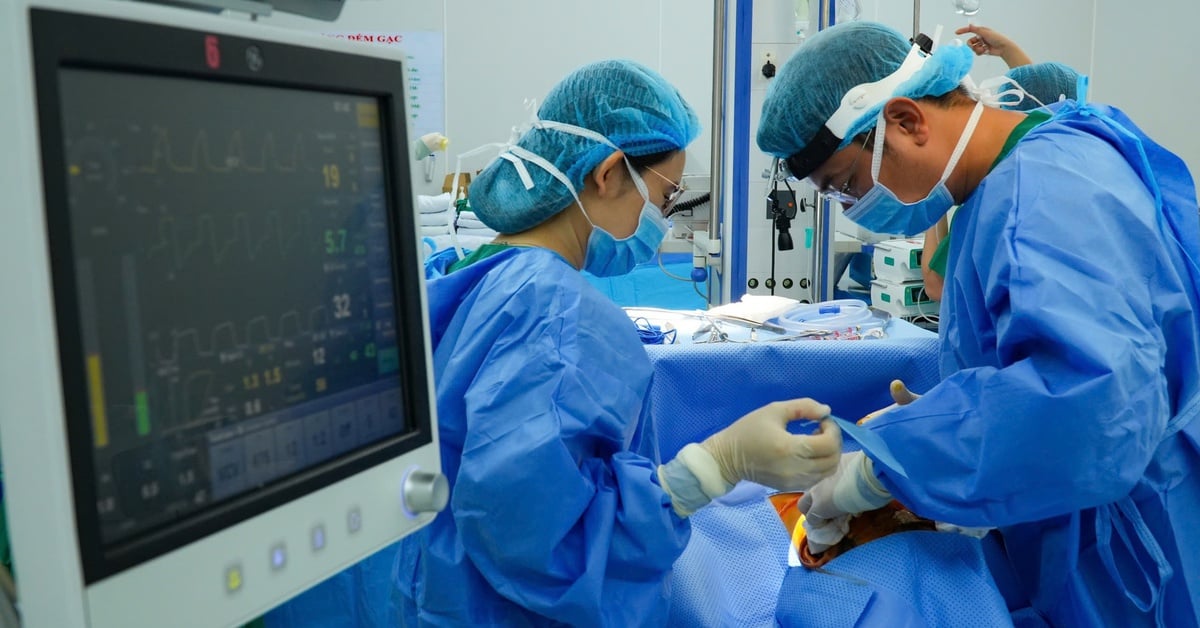

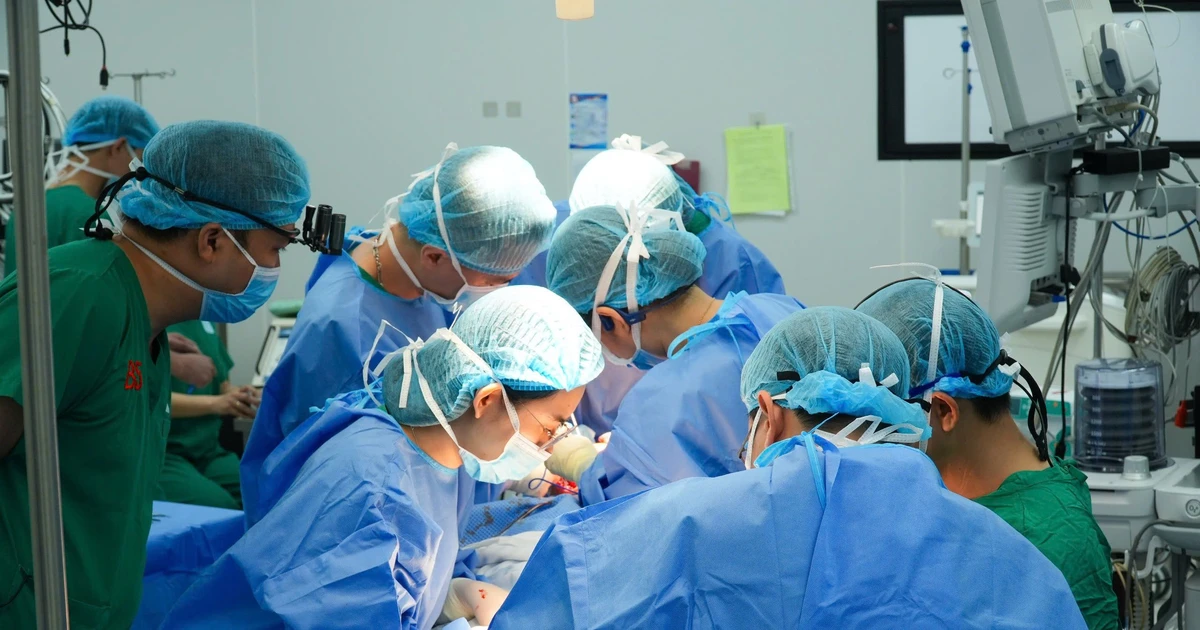



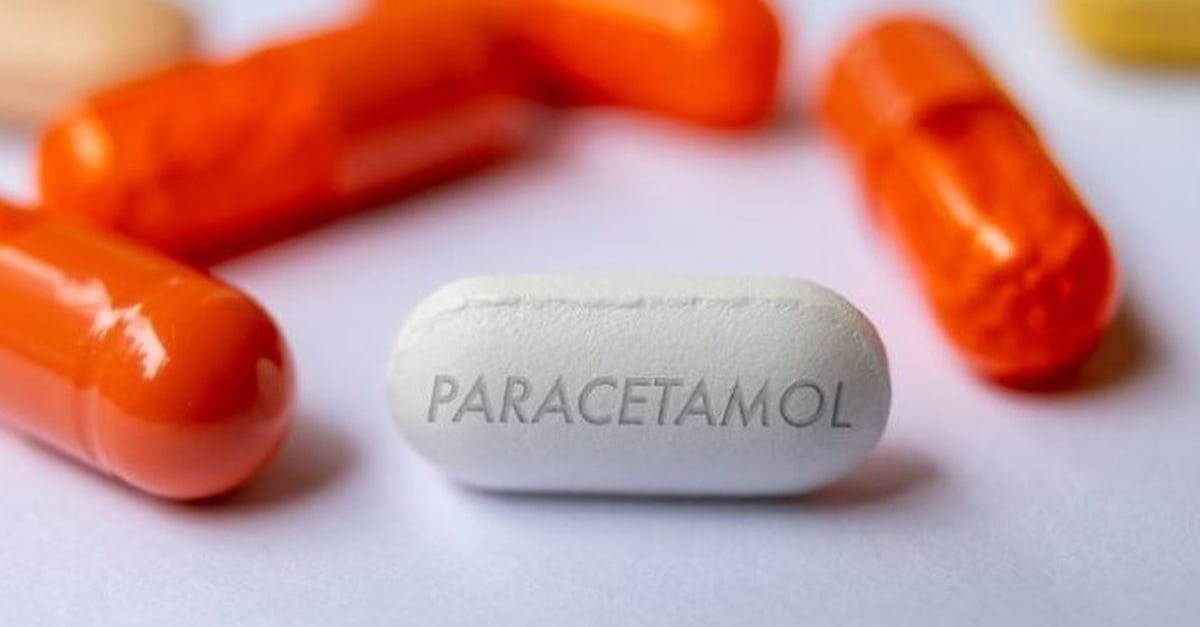
![[Video] Continuously saving the lives of fetuses with twin-to-twin transfusion syndrome](https://vstatic.vietnam.vn/vietnam/resource/IMAGE/2025/4/16/b5970601f5984f499437b73e7007c998)



![[Video] Reorganizing medical facilities according to the 2-tier local government model](https://vstatic.vietnam.vn/vietnam/resource/IMAGE/2025/4/16/d4d9f1a2fef14905ace8f70d53acf7f9)






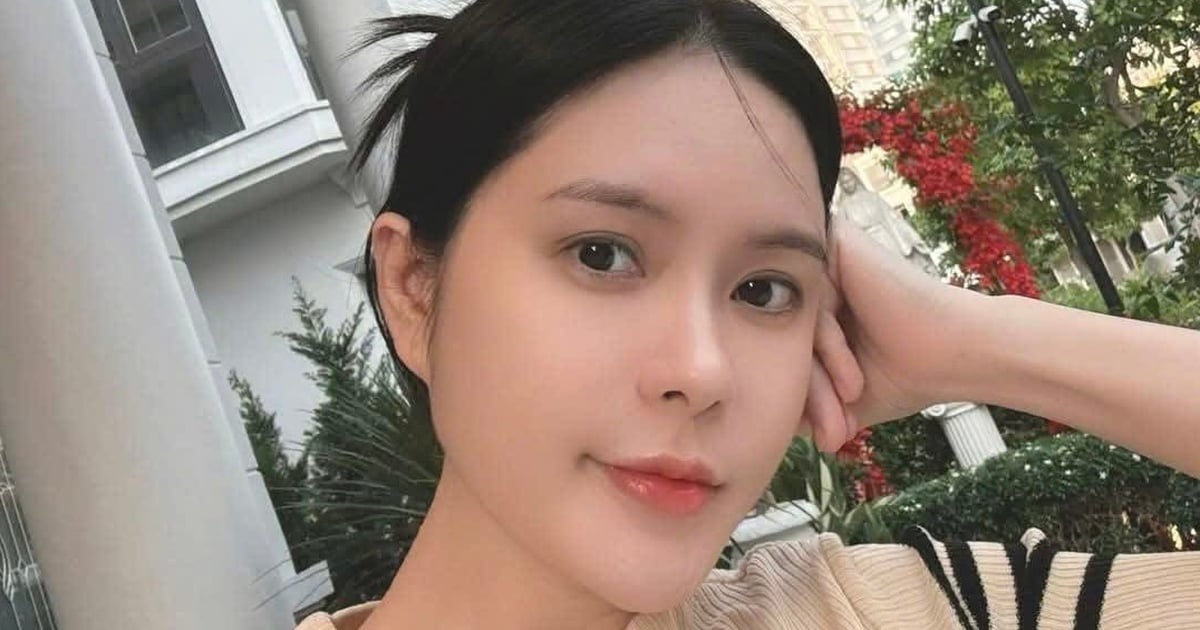




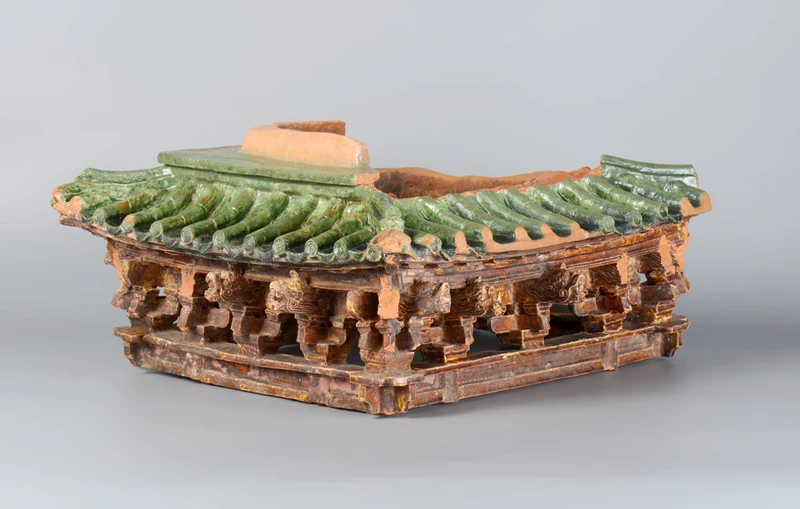























































![[Photo] The capital of Binh Phuoc province enters the political season](https://vstatic.vietnam.vn/vietnam/resource/IMAGE/2025/4/16/c91c1540a5744f1a80970655929f4596)






Comment (0)